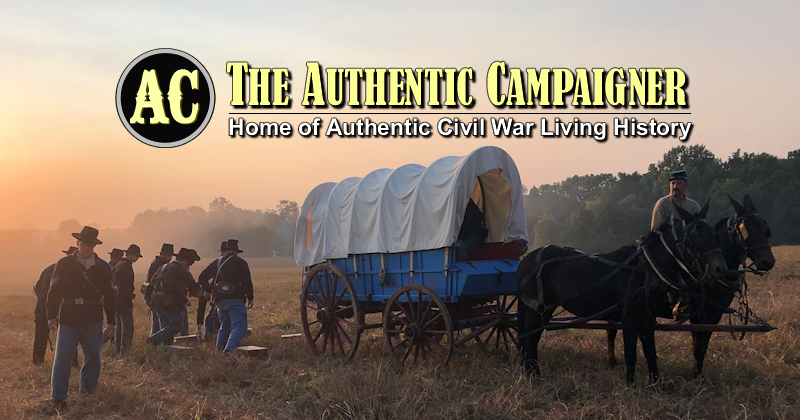Re: "Puffing the weed."
From "Narcotics" in The North American Review, October 1862:
The intoxicating narcotic which is called Hasheesh is the product of the hemp-plant. Though passing by different names, the Cannabis Sativa and the Cannabis Indica, or native and Indian hemp, are essentially the same plant.
Climate seems to make all the difference between them. By that influence the fibres of the one harden into flax and cordage; while from the other exudes a fragrant green resin, which is powerfully narcotic. This resin is collected in a way similar to that employed in the case of opium. In the crude state, it is called churrus: the whole plant, gathered while in flower, and dried, is gunjah; the larger leaves and seed-capsules are called bang; and a decoction, prepared by boiling the leaves and flowers with water to which fresh butter is added, and then evaporating to a thick syrup, is hasheesh. Hemp is consumed on the plains of India; on the slopes of the Himalayas; in Persia; in Turkey; in Northern Africa among the Moors; in Central and Southern Africa, even by the Hottentots; and also by the native Indians of Brazil.
You can read the full article at: http://cdl.library.cornell.edu/cgi-b...BQ7578-0095-55
Originally posted by FarbNoMore
View Post
The intoxicating narcotic which is called Hasheesh is the product of the hemp-plant. Though passing by different names, the Cannabis Sativa and the Cannabis Indica, or native and Indian hemp, are essentially the same plant.
Climate seems to make all the difference between them. By that influence the fibres of the one harden into flax and cordage; while from the other exudes a fragrant green resin, which is powerfully narcotic. This resin is collected in a way similar to that employed in the case of opium. In the crude state, it is called churrus: the whole plant, gathered while in flower, and dried, is gunjah; the larger leaves and seed-capsules are called bang; and a decoction, prepared by boiling the leaves and flowers with water to which fresh butter is added, and then evaporating to a thick syrup, is hasheesh. Hemp is consumed on the plains of India; on the slopes of the Himalayas; in Persia; in Turkey; in Northern Africa among the Moors; in Central and Southern Africa, even by the Hottentots; and also by the native Indians of Brazil.
You can read the full article at: http://cdl.library.cornell.edu/cgi-b...BQ7578-0095-55






Comment